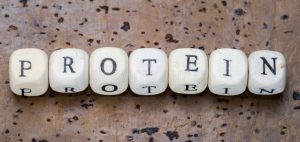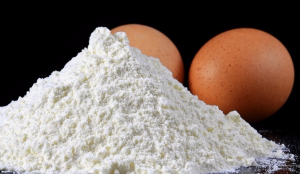 Best Egg White Protein Powder
Best Egg White Protein Powder
Many people are introducing protein powders into their diets for various reasons. But when you think of protein powders, egg white protein powder is usually not the first type of protein powder most people think of.
In the past, bodybuilders were primarily the consumers of protein powders. They also were the ones adding eggs or egg whites to their protein shakes. That is no longer the case. As protein powders became more mainstream, and as more and more “average” people began looking for ways to add healthy, low-fat protein to their diets, a larger variety of protein powders have become available. Egg white protein powder is one of them, and it is gaining popularity.
One scoop of egg white protein powder can provide 4 times the amount of protein found in one whole egg and 6 times the amount of protein in one egg white.
How much protein does a woman need? See protein4women.com/protein-and-women for more info.
Who Should Use Egg White Protein Powder?
If you are looking for a convenient low fat and low-calorie protein source, egg white protein powder may be a good option. It can be added to milk, milk alternatives, green drinks, yogurt and more. It generally has a milder taste than other types of protein powders, such as whey or soy.
Because egg white protein is non-dairy, it can be used by individuals with lactose intolerance. Most egg white protein powders contain little carbohydrates, so they are a good option for dieters or those on a low carb or paleo diet too.

Most varieties are soy free; however, some do contain soy lecithin.
Best Egg White Protein Powder
However, not all egg white protein powders are the same. Some low-quality products, especially those manufactured outside the U.S., may contain traces of antibiotics and hormones and also may put you at risk of being exposed Salmonella. Therefore, it is important to look for quality products produced in the USA. Still, some egg white protein powders contain added flavors, sweeteners, preservatives, and other additives.
Best Egg White Protein Powder
Which egg white protein powder is the best?
Let’s take a look at 3 popular brands and see how they compare.
Jay Robb Egg White Protein Powder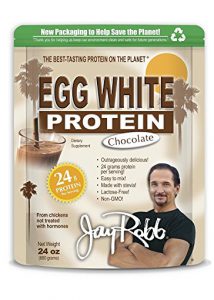
Flavors: unflavored, vanilla, chocolate, strawberry
Unflavored Ingredients: Pure extracted egg white albumin and non-GMO sunflower lecithin.
Chocolate Ingredients: Egg albumin, xylitol, cocoa powder, natural flavor, xanthan gum, non-GMO sunflower lecithin, and stevia.
Strawberry Ingredients: Egg albumin, xylitol, natural flavor, xanthan gum, non-GMO sunflower lecithin, Reb-A stevia, citric acid, and red beet powder (color.)
Vanilla Ingredients: Egg albumin, xylitol, natural flavor, xanthan gum, non-GMO sunflower lecithin, and stevia.
The unflavored variety nutritional profile:
Serving size: 33 g
Calories: 115
Fat; 0
Sugar: 0
Protein: 24 g
The flavored varieties have 2 sugar alcohols and 120 calories.
This egg white protein powder is favored by many. It mixes well and has a mild taste.
Paleo Protein Egg White Powder
10 varieties: organic unflavored, unflavored, chocolate, blueberry tart, coconut cream, cinnamon roll, espresso, glazed donut, and vanilla.
The unflavored variety ingredients: Egg White Powder (from chickens not treated with hormones or antibiotics and non-GMO) & Sunflower Lecithin
The unflavored variety nutritional profile: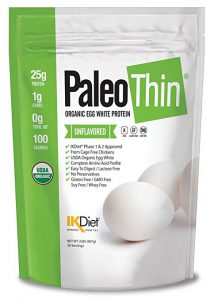
Serving size: 30g
Calories: 100
Fat: 0
Sugar: 0
Protein: 25 g
The flavored varieties are sweetened with monk fruit and natural flavors. Some contain a probiotic. Most have 21 grams of protein.
This egg white protein powder is a favorite among those looking for a variety of flavors and have a preference for a sweeter taste. Although there are unflavored and organic unflavored choices. All use eggs from chickens not treated with hormones or antibiotics and non-GMO.
3 varieties: regular, vanilla creme and rich chocolate
The plain egg white variety nutritional profile: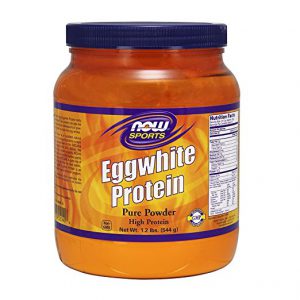
Serving size: 20 g
Calories: 100
Fat; 0
Sugar: 1
Protein: 16 g
The plain egg white variety ingredients: Egg White Powder
The regular/plain variety is pure egg whites–nothing else. It does not contain lecithin, as others do and has no added flavors. It gets frothier than other egg white protein powders and does not dissolve as easily.
The vanilla creme and rich chocolate flavors have added ingredients–making them dissolve better.
Vanilla creme ingredients: Egg White Powder (Instantized), Xylitol, Natural Vanilla Flavors, Better Stevia® [Organic Stevia Extract (Leaf)], Natural Citrus Flavor and Soy Lecithin (< 1%).
The serving size is much smaller than most egg white protein powders, making the protein lower. However, the label lists 1 gram of sugar. There is no sugar added to the plain egg white powder. It contains only egg whites, so I don’t know where this is coming from. The other brands do not list any sugar.
Which egg white protein powder is the best?
The one that fits best with what you want and don’t want.
The unflavored variety of these 3 popular egg white protein powder brands: Jay Robb Egg White Protein Powder, Paleo Protein Egg White Powder and NOW Sports Eggwhite Protein, are very similar.
The Paleo Protein Egg White Powder does have an organic product, which is perfect if you want organic and don’t mind adding your own flavoring.
If you want plain, pure egg white powder with nothing added, the regular, plain NOW Sports Eggwhite Protein is the way to go.
In terms of flavors, it depends on what is most important to you and what you want to avoid. The flavored varieties contain different types of sweeteners and other added ingredients. By far, Paleo Protein Egg White Powder has the most flavors to choose from.
Best Egg White Protein Powder
Which egg white protein powder do you think is the best?
I’d love to hear your opinions!
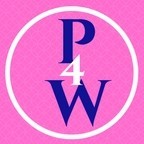

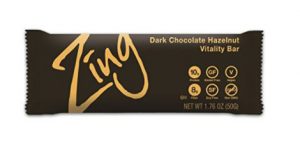
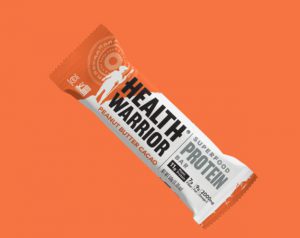
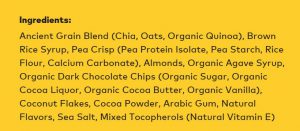 Calories: 200
Calories: 200
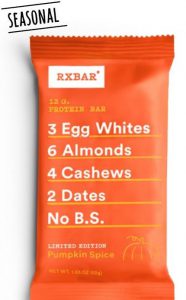 Pumpkin RX BARS–Review
Pumpkin RX BARS–Review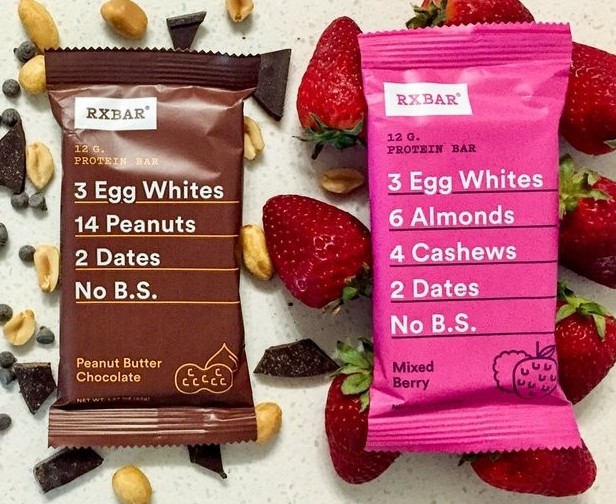 RX BAR Reviews for Women
RX BAR Reviews for Women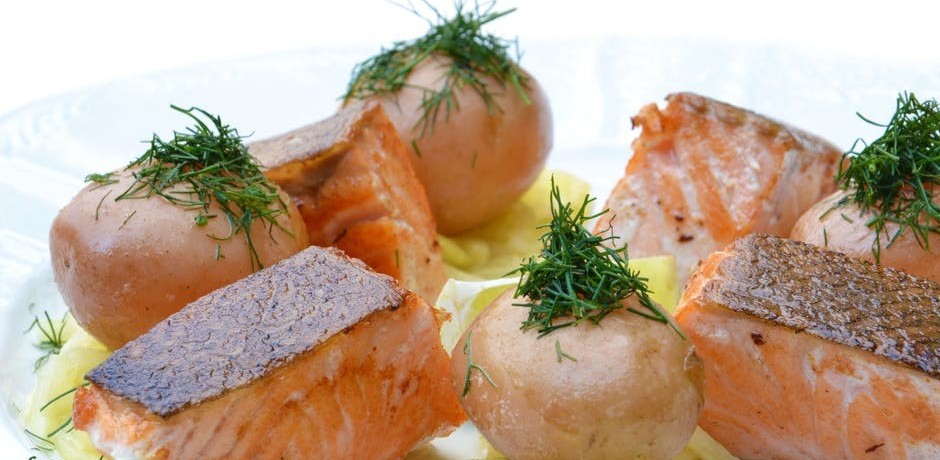 HOW MUCH PROTEIN IS IN FISH?
HOW MUCH PROTEIN IS IN FISH?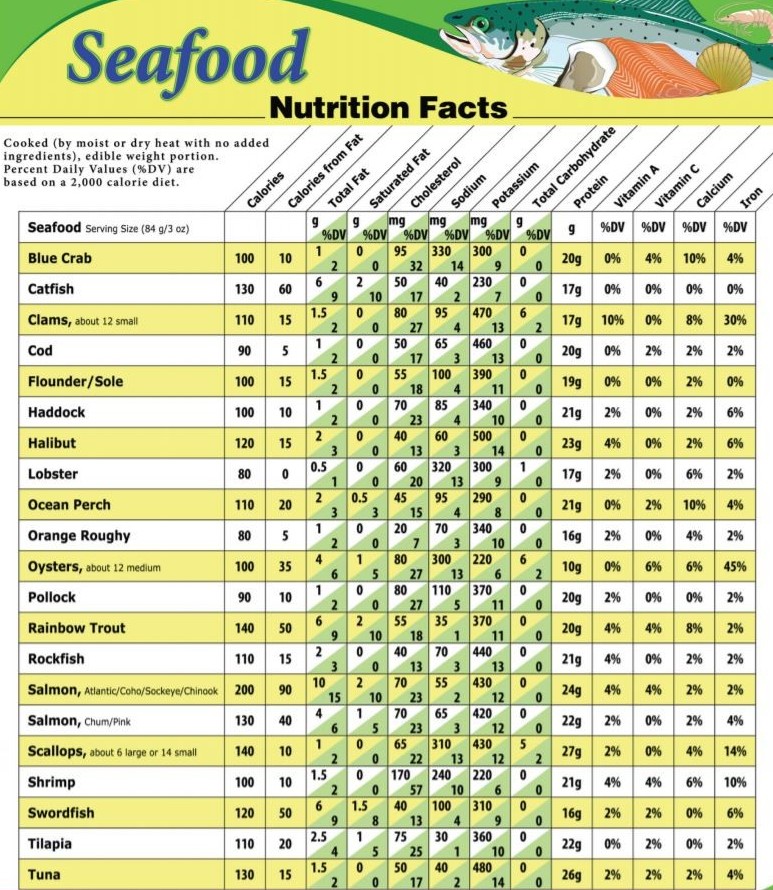
 Protein and Women
Protein and Women